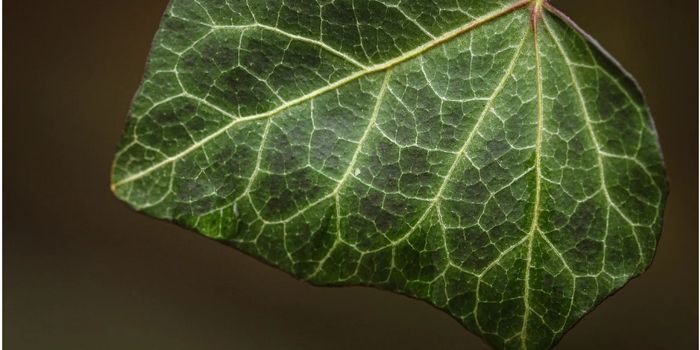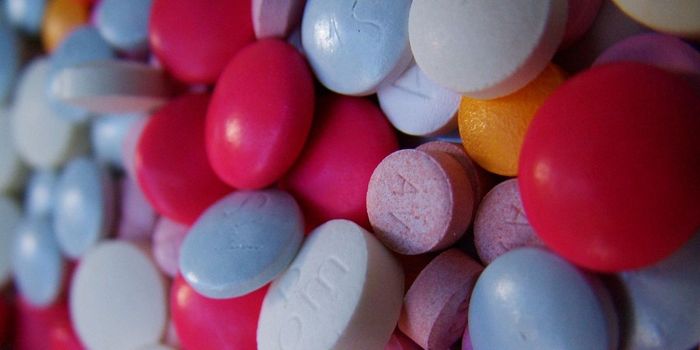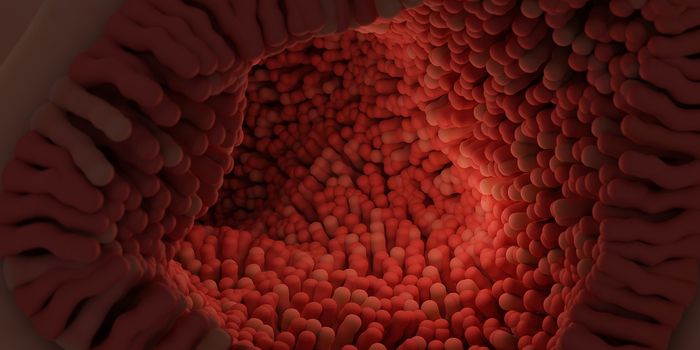Immune Variation Explains Different COVID-19 Outcomes
Immune systems respond differently to coronavirus infection. People experience the disease causes by coronavirus, COVID-19, in different intensities, from moderate to severe. The two are connected, and the intricate details of one may help scientists predict the other.
From Yale University, scientists have uncovered specific indicators of how a positive COVID-19 case is likely to turn out: moderate or severe. One of the many mysteries of the COVID-19 pandemic has been how the virus affects people on such a wide spectrum of severity. With these indicators, researchers may provide a way to harness predictive power, thus guiding therapeutic regimens for high-risk patients.
The Yale study consisted of 113 patients with confirmed COVID-19, monitoring and measuring each participant’s unique and changing immune response to the infection for the entire duration of their stay in the hospital. When patients are in the beginning stages of COVID-19, many share the same immune “signature,” even though these patients may have very different outcomes as the disease runs its course.
In general, a moderate case of COVID-19 is characterized by an immune response and viral load that ultimately decreases over time as the infection is cleared by the body. But in severe disease, immune activity and viral load do not decrease. In some cases, it’s quite the opposite.
In the most severe cases of COVID-19, researchers have seen an excessive immune response to infection that leads to what is essentially “friendly fire.” This phenomenon of the body’s own inflammatory immune response wreaking havoc during infection has been called the “cytokine storm.” Cytokines are small cell signaling proteins with a wide array of functionalities, many with inflammatory associations.
With the onslaught of cytokine storms occurring in patients struggling with COVID-19, scientists have been asking: at what point do immune response levels blast past the threshold into dangerous, detrimental territory that has been characteristic of severe COVID-19 cases?
From their observations, Yale scientists identified severity risk indicators early on, when COVID-19 patients shared many characteristics, when a case that would ultimately end up in a long hospital stay looked just like one that would be recovered after not too long.
They found that high levels of a cytokine called alpha interferon were indicative of a risk for severe COVID-19. This cytokine is common in the immune response to viral pathogens, like the flu. Unlike other viral pathogens, coronavirus is not inhibited by alpha interferon, so the cytokine ends up doing more harm than good.
Another indicator is the activation of the inflammasome, a protein complex that mounts an inflammatory response in the presence of pathogenic infection.
There were also indicators of a COVID-19 case that was likely to be mild: high levels of growth factors, for tissue repair in the linings of blood vessels and lungs.
Sources: Yale University, Nature, International Anesthesiology Clinics









